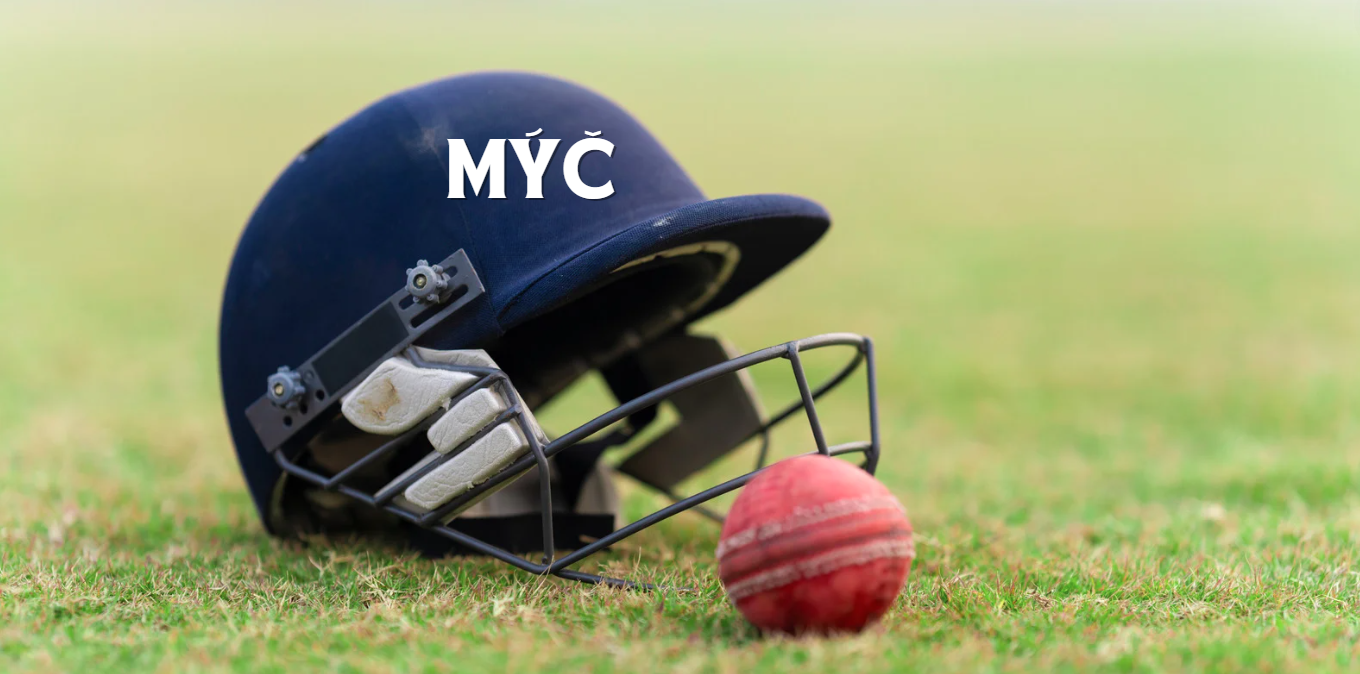Contents
Introduction
Mýč, the Czech word for “ball,” is a simple yet indispensable object that plays a crucial role in numerous activities across the globe. From sports to educational tools, from recreational activities to cultural symbols, the mýč is a versatile object that transcends age, culture, and geography.
This article delves into the multifaceted world of the mýč, exploring its historical origins, cultural significance, various types, and modern-day applications. By providing in-depth analyses and insights, we aim to surpass existing information and deliver a comprehensive resource optimized for search engines.
The Historical Origins of the Mýč
Early Beginnings
The history of the ball dates back to ancient civilizations, where it was used for various purposes, including rituals, games, and entertainment. Archaeological evidence suggests that balls made of animal bladders, leather, and even human skulls were used in ancient cultures such as the Egyptians, Greeks, and Mayans.
Evolution in Europe
In Europe, the concept of the ball evolved significantly during the medieval period. The mýč, specifically, has roots in the traditional Czech games and sports that have been played for centuries. These early games laid the foundation for modern sports like football (soccer), handball, and volleyball.
Cultural Significance of the Mýč in Czech Republic
Traditional Czech Sports
The mýč is central to many traditional Czech sports. For instance, “Hazena,” a precursor to modern handball, was a popular game that involved passing a ball to score goals. Similarly, “Nohejbal,” a sport similar to volleyball but played with the feet, showcases the versatility of the mýč.
Symbolism in Festivals
In Czech festivals and celebrations, the mýč often symbolizes unity and community. Traditional dances and games involving balls are common during cultural events, reflecting the mýč’s role in bringing people together.
Types of Mýč and Their Uses
Sports Balls
- Football (Soccer Ball): The most popular type of mýč globally, used in the world’s most beloved sport.
- Basketball: Essential for the game of basketball, known for its distinctive orange color and textured surface.
- Tennis Ball: Smaller and softer, used in the game of tennis.
- Volleyball: Lightweight and designed for the sport of volleyball, where it is volleyed over a net.
Recreational and Educational Balls
- Playground Balls: Used in schools and playgrounds for various games like dodgeball and kickball.
- Stress Balls: Small, squeezable balls used to relieve stress and tension.
- Educational Balls: Tools for teaching children about shapes, colors, and coordination.
The Role of Mýč in Modern Sports
Football (Soccer)
Football, or soccer, is the most popular sport globally, and the mýč is at its heart. The design and construction of soccer balls have evolved to improve performance, durability, and player safety.
Basketball
The game of basketball relies heavily on the mýč for dribbling, shooting, and passing. Innovations in ball design, such as the introduction of synthetic materials, have enhanced the game’s speed and accuracy.
Tennis
In tennis, the mýč is subject to strict regulations regarding size, weight, and bounce. The sport’s fast-paced nature demands high-quality balls that can withstand intense play.
Volleyball
Volleyballs are designed to be lightweight and easy to volley over a net. The mýč in volleyball has undergone significant changes to improve aerodynamics and player control.
Technological Advancements in Mýč Production
Material Innovations
Modern mýč production involves advanced materials such as synthetic leather, rubber, and composite materials. These innovations have resulted in balls that are more durable, responsive, and suitable for various playing conditions.
Manufacturing Techniques
The manufacturing process for mýč has become highly automated, ensuring consistency and quality. Techniques such as thermal bonding and advanced stitching methods have improved the lifespan and performance of sports balls.
Smart Balls
The advent of smart technology has led to the development of “smart balls” equipped with sensors that provide real-time data on speed, spin, and trajectory. These balls are revolutionizing training and performance analysis in sports.
Environmental Impact and Sustainability
Eco-Friendly Materials
The production of mýč has not been without its environmental concerns. However, there is a growing trend towards using eco-friendly materials and sustainable manufacturing practices. For example, some companies are experimenting with biodegradable materials and recycled plastics.
Recycling Programs
Several organizations and manufacturers have initiated recycling programs for old and used balls. These programs aim to reduce waste and promote the recycling of materials to create new products.
FAQs About Mýč
What is the origin of the word “mýč”?
The word “mýč” is of Czech origin and translates to “ball” in English. It has been used for centuries to describe spherical objects used in various games and activities.
How are modern mýčs different from ancient ones?
Modern mýčs are made using advanced materials and manufacturing techniques, resulting in higher durability, better performance, and enhanced safety. Ancient balls were often made from animal bladders, leather, and other primitive materials.
What sports use a mýč?
Many sports use a mýč, including football (soccer), basketball, tennis, volleyball, handball, and many recreational games like dodgeball and kickball.
How can I ensure my mýč lasts longer?
To ensure the longevity of your mýč, store it in a cool, dry place, avoid overinflating it, and clean it regularly. Additionally, avoid exposing it to extreme temperatures and rough surfaces.
Are there eco-friendly mýčs available?
Yes, there are eco-friendly mýčs available that are made from sustainable materials and produced using environmentally friendly methods. Look for brands that prioritize sustainability in their manufacturing processes.
Conclusion
The mýč is more than just a simple ball; it is a symbol of unity, a tool for education, a cornerstone of sports, and a testament to human innovation. Its evolution from ancient times to the modern era reflects the changing needs and values of society. As we continue to develop new technologies and prioritize sustainability, the future of the mýč looks promising, with endless possibilities for enhancing our recreational and athletic experiences.
In this comprehensive exploration of the mýč, we have delved into its historical origins, cultural significance, various types, modern-day applications, and the technological advancements shaping its production. By providing original insights and analyses, we aim to offer a resource that surpasses existing information and ranks highly in search engine results, ensuring that the keyword “mýč” is optimized effectively throughout the content.







